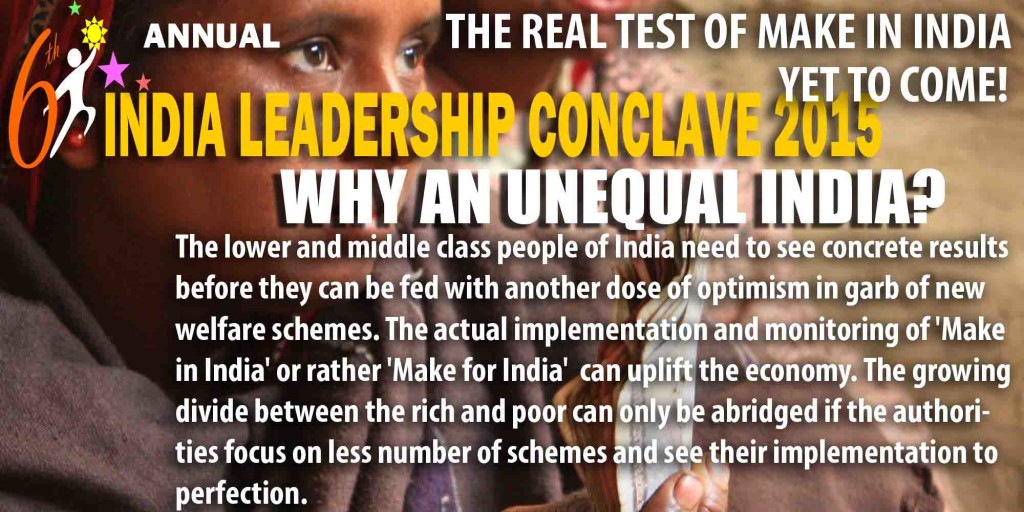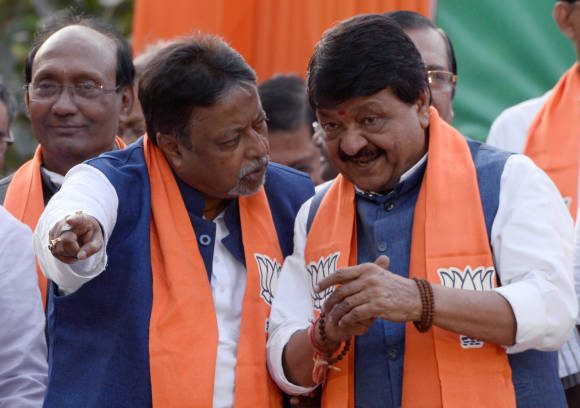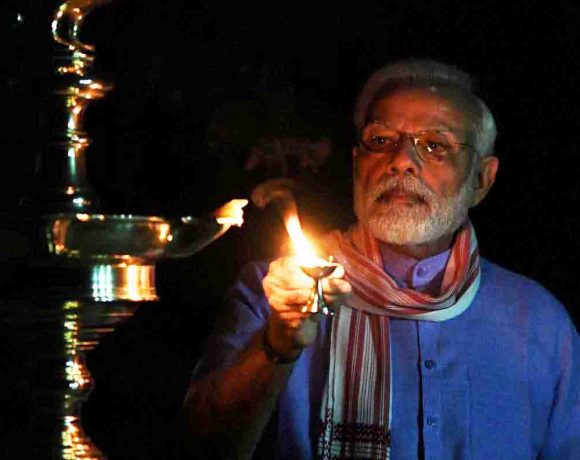

Narendra Modi’s Ambitious pet scheme the Jan Dhan Yojna is commendable in policy & vision, can it implement & reach to the Doorsteps?
The Background
Utilising Prime Minister Narendra Modi’s pet scheme, the Jan Dhan Yojna, the home ministry has asked all states to transfer the relief meant for distraught farmers to bank accounts opened under the scheme.A 11-page letter written by the MHA to state governments on April 8 said under the State Disaster Response Fund, crop damage of even 33% would qualify for compensation. The family of a deceased farmer would now get Rs 4 lakh as relief. “The state governments are to take utmost care and ensure that all individual beneficiary-oriented assistance is necessary/mandatory disbursed through the bank account (viz. Jan Dhan Yojana etc) of the beneficiary,” the MHA letter, marked to all state chief secretaries and state relief commissioners, has specified.A top home ministry official said direct disbursement of the compensation into the farmers’ bank accounts would check pilferage and ensure compensation does reach the affected.”Lakhs of new accounts, mostly in rural belt, have been opened under the Jan Dhan Yojna since last August. Some farmers may have had bank accounts since earlier. States can use these accounts for effective disbursal to lakhs of farmers across India.He added that the J&K government was also advised to disburse the compensation to the floodstruck people in the state through the Jan Dhan Yojna accounts. “But that was a one state-specific drive.The utility of the Jan Dhan Yojna accounts to disburse compensation to farmers across India could be its biggest utility,” the official said. He added that the ministry had specified that the same template be followed by the states to disburse compensation in any case of natural disaster in the future.
There is no doubt that schemes such as the Jan Dhan Yojana can facilitate the efficient and timely disbursement of monetary help to small farmers in times of distress. But the cause of depression among farmers is the erosion of self-sufficiency of villages/blocks in terms of basic needs. Increase in commercial cropping affects the farming community in a lot of ways. It is resource-intensive and this increases their need to borrow. It has opportunity costs since the farmers often reduce or stop food grain cultivation. It also increases dependence on markets both for inputs and the produce. In other words, the community is leveraged financially, as well as operationally – thus prone to risks.
It is true that no sooner does a natural disaster hit an area, than exaggerated claims of the value of damage to crops appear in the media. The political process of waiving debts and providing compensation in monetary terms stresses the entire public finance system. A correct assessment procedure of crop damage is part of an efficient institutional mechanism. Since the political will to build the latter is likely to take time, we should start working towards self-sufficiency at the block level.
The lower and middle class people of India need to see concrete results before they can be fed with another dose of optimism in garb of new welfare schemes. The actual implementation and monitoring of ‘Make in India’ or rather ‘Make for India’ can uplift the economy. The growing divide between the rich and poor can only be abridged if the authorities focus on less number of schemes and see their implementation to perfection.
It has been a bad year for agriculture. Deficient monsoon inKharif 2014, followed by unseasonal rains, hailstorms and strong winds in the months of March-April 2015 had left the farmers battered. Accompanied by a crash in global prices of wheat, rice, cotton, soybean and maize and the refusal by the government to provide a higher domestic price to farmers had left the farmers in a lurch.As if this is not enough, ominous signs stare ahead. With the Indian Meteorological Department (IMD) predicting a significant shortfall of 12 per cent in monsoon rains for the second year in a row, stopping short of pointing to a drought year ahead, the misery, suffering and the severe blow it is likely to inflict on the livelihood security of over 600 million farmers is in itself frightening.The Third Advance Estimates of Production of Foodgrains for the Agricultural year 2014-15 shows a drastic fall of 13.92 million tonnes in foodgrains production, slumping from a high of 265.04 million tonnes harvested a year earlier in 2013/14 to an expected 251.52 million tonnes. This surely is a significant decline in production pulling down the agricultural growth rate in the bargain to a low of 0.2 per cent. Statistics apart, what is often ignored is the hit the farmers’ household economy receives in the process.With comfortable stocks of wheat, rice and sugar in the kitty there is no undue reason for alarm. Food inflation in staple foods can easily be kept under check with strategic food management. It’s only in the case of vegetables that the government will have to ensure that market sentiments are not able to exploit the crisis situation.Erratic weather is one part of the story. What is often glossed over is the fact that farmers have suffered a double whammy with not only the weather gods playing truant but also the crop prices declining sharply. First, the global crash in prices of agricultural commodities had resulted in a sharp fall in the prices of cotton, basmati rice, soybean and milk. This was followed by the refusal of the government to pay a higher minimum support price (MSP) to farmers, keeping the hike to Rs 50 per quintal only, and at the same time withdrawing the bonus of Rs 150 or more that was being paid in Madhya Pradesh, Chhattisgarh and Rajasthan.In an affidavit before the Supreme Court, the government has acknowledged that it is not possible to pay a higher price since it will distort the markets. RBI Governor Raghuram Rajan too had warned against a rise in food inflation shifting the blame on the expected hike in MSP for rice and wheat in the months to come. In other words, farmers are being penalized for keeping food inflation under control.The bigger challenge therefore is to rescue farmers. If you recall, in the aftermath of 2008-09 global economic meltdown, the government was quick to provide an economic bailout package of Rs 3 lakh crore to the industry. I see no reason why at a time when international agricultural commodity prices have crashed, followed by an autonomous regime of maintaining artificially low domestic prices, the burden of keeping food cheaper for the consumers has to be borne entirely by the hapless farming community.It is high time the government provides an economic bailout package of at least Rs 1.5 lakh crore to farmers. This should be relatively easy now considering that almost all farmers have a bank account now under the jan dhan yojna. This has to be accompanied by more public sector investments in agriculture. In the 12 Five year Plan, the total investment for agriculture, which benefits 600 million farmers, was a paltry Rs 1.5 lakh crore. Compare this with the subsidy for the new and swanky T-3 airport terminal in New Delhi, which stood at Rs 1.62 lakh crore. The budget for MNREGA is higher than the total outlay for agriculture. Somehow it is not being understood by policy makers that if the farmers have more money in their hands, they drive faster the wheels of the economy. Effectively, this also translates into what the Prime Minister Narendra Modi often calls for: Sabka Saath, Sabka Vikas.



















